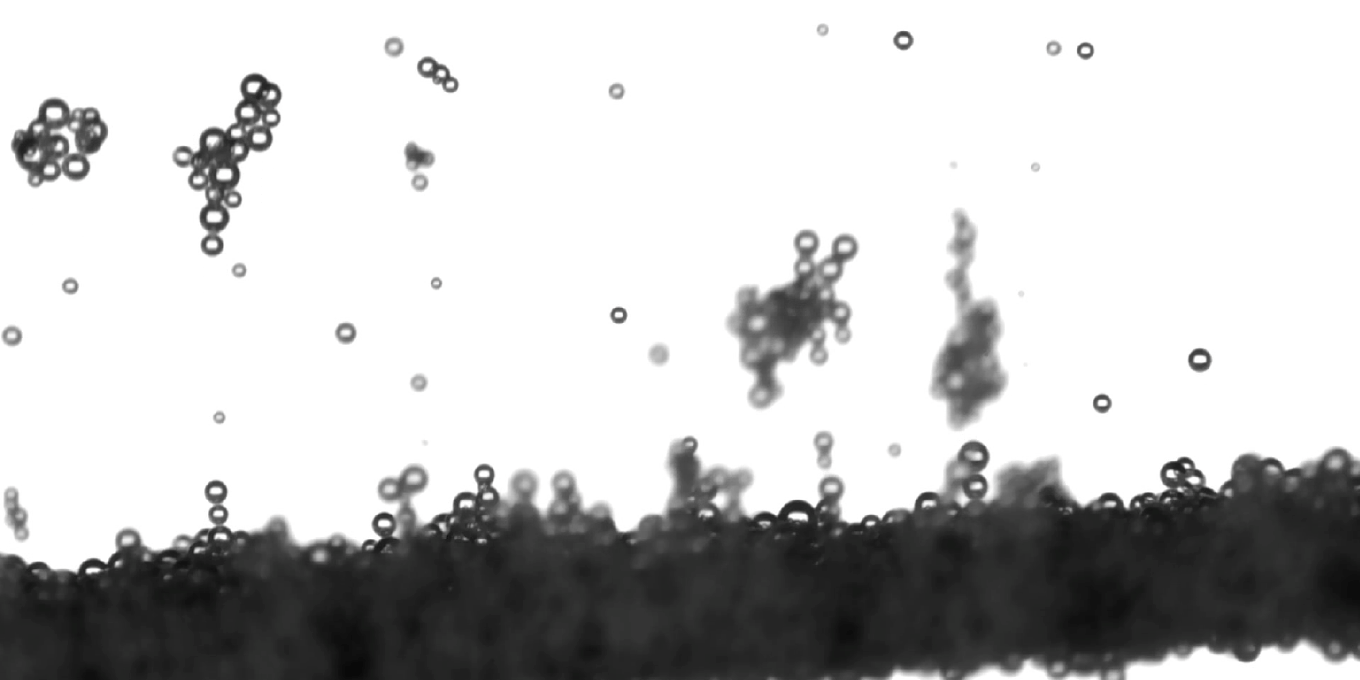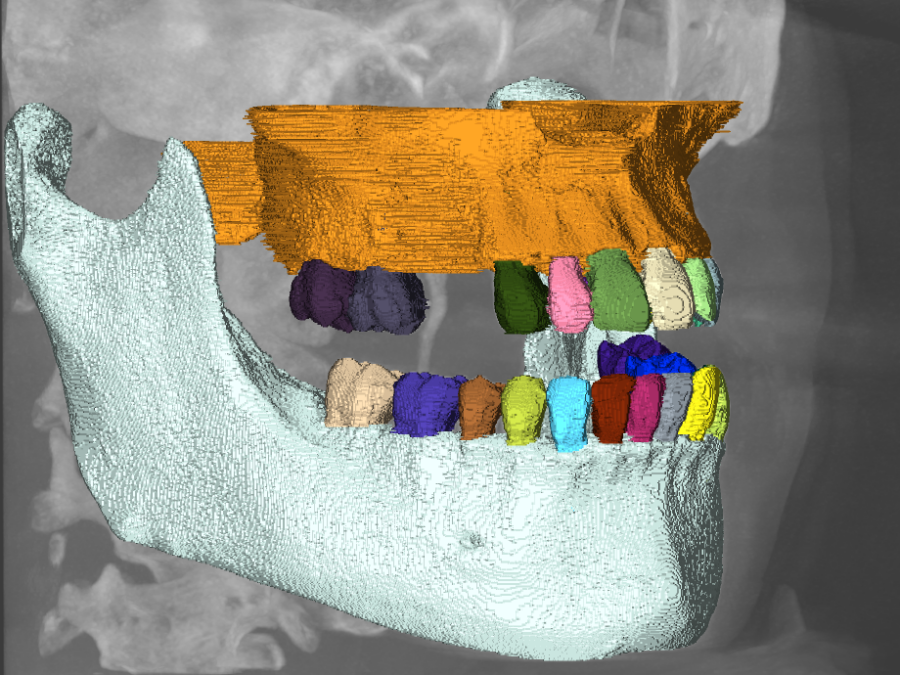Optimizing electrode geometry and surface for hydrogen production

Electrolysis of water into oxygen and hydrogen is a cornerstone of modern energy storage, electric mobility and the transition towards a net-zero-emissions industry. Maximizing the efficiency of this technology is key to its economically viable wide scale adoption. One approach to both reduce the costs and improve the overall efficiency is to enhance the bubble detachment from the electrode. As the growing bubbles occupy the electrode surface, the rate of the electrochemical reaction is reduced. Therefore, the development of electrodes with improved bubble detachment is highly desirable. Analyzing the size distribution of the detached bubbles enables our partners to infer essential characteristics of their electrode designs. To this end, they acquire high-speed images of rising bubbles. As part of our collaboration we develop AI-based instance segmentation methods and blur estimation algorithms to automatically and scalably extract bubble sizes.
Other Collaborations

Extracting clinically relevant parameters from real-time MRI images of fontan hearts
Obtaining accurate segmentations of the heart in real-time MRI allows a more realistic view on clinically relevant parameters, such as the stroke volume. Cardiac real-time MRI can assess diastolic filling under breath maneuvers or other cardiac load situations which potentially enhances diagnostics other than CINE breath hold cardiac MRI. Real-time MRI allows rapid acquisitions during […]
Segmentation and identification of tooth instances in cone-beam CT scans
The three dimensional labeling and identification of teeth in cone-beam CT scans is a time-consuming and challenging process which is exacerbated by (partially) missing teeth, tooth misalignments as well as the presence of implants or other utilities like metal plates or wires. As part of this project we develop an AI-based instance segmentation algorithm to […]